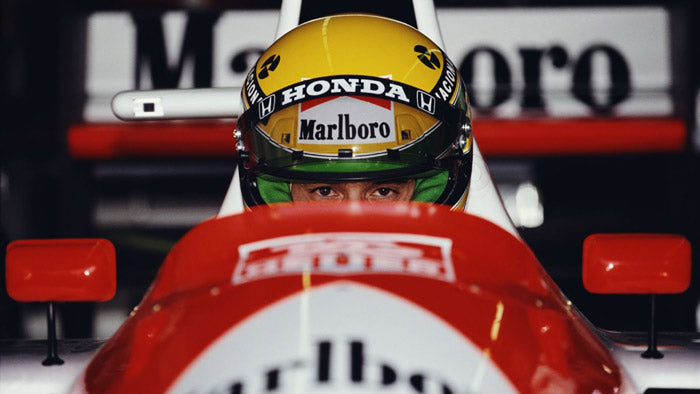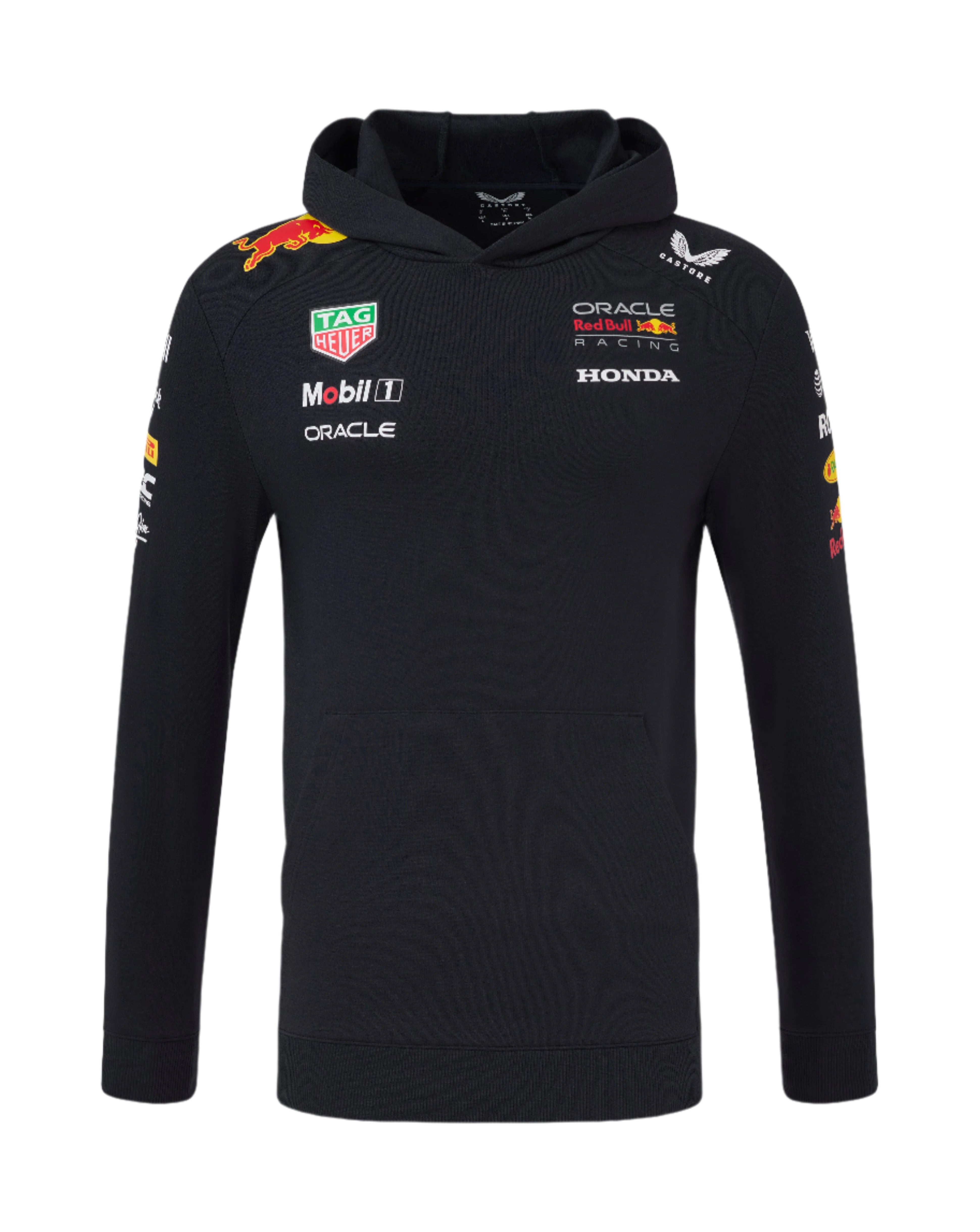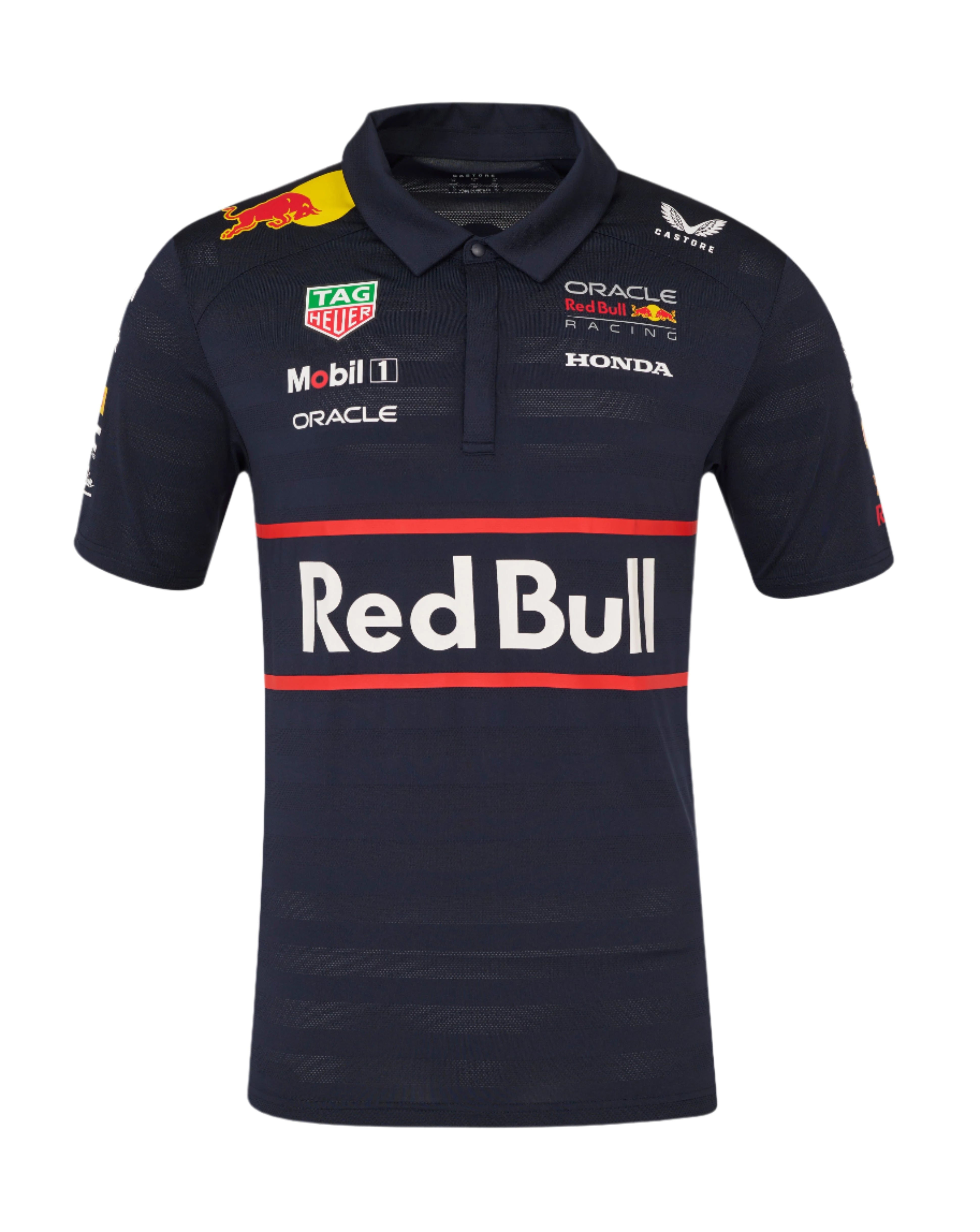How Ayrton Senna’s Death & Other F1 Fatalities Revolutionized Safety in Formula 1

Ayrton Senna is universally recognized as one of the greatest Formula 1 drivers the world has seen. Unfortunately, his life was cut short in 1994 at the San Marino Grand Prix. During qualifying that weekend, the motorsport community also lost Roland Ratzenberger, and we nearly lost Rubens Barichello during practice.
While there hadn’t been any F1 fatalities in 12 years up to this point, the loss of Senna and Ratzenberger led to a renewed focus on driver safety.
Immediately following, several measures were taken to slow cars down, such as lowering the amount of downforce and adding chicanes in otherwise fast turns. A longer term vision of continuous safety evolution emerged that falls into 3 major areas.
Equipment Changes For Both Car & Driver
There have been several improvements over the years that make massive crashes more survivable. Helmets have continually improved, but the biggest improvement comes from the mandatory use of the HANS device helmet anchor, which you can see worn on the driver’s shoulders. It prevents a driver’s head from moving violently forward in a crash.
The sides of the driver’s cockpit have also continually been raised, preventing ingress into the cockpit of debris, and protection from a side impact. In years past you could see a driver’s shoulders while they were in the car. Now, the raised sides of the car safely cocoons them inside. The driver safety cell is also a critical “tub” shaped around the driver that protects them. Cars must undergo destructive crash tests during their design phase to ensure they meet minimum standards in an attempt to reduce the number of F1 fatalities.
The driver’s seat is also critical. In an emergency extraction from the car, the driver can remain in the seat so the safety team can remove the driver and seat as one unit. Track-side medical teams train to extract drivers in this manner in any situation where they suspect spinal damage or other serious injury. In Sergio Perez’s rookie season, he suffered a massive crash in Monaco and was extracted this way. Thankfully, he only suffered a concussion and nothing worse.
The most recent visible improvement is the addition of the halo. This structure protects the driver’s head from all manner of flying large debris or even entire cars. The halo was criticized at first, however that criticism was instantly silenced when it saved Charles LeClerc from injury at the 2018 Belgian GP when Fernando Alonso’s McLaren was launched over LeClerc’s head.
Track Changes
Over time, tracks have added large run-off areas (in favor of gravel pits) and barriers are set farther back where possible. This allows drivers who make mistakes plenty of room to recover and lessen the likelihood of a crash. Barriers in crash-prone areas have been changed out for barriers that are less rigid. They slow the car more gradually when compared to their rigid guardrail-like siblings, reducing the number of F1 fatalities.
There are also medical teams placed at various areas around the track. Typically, a medical car — complete with a doctor — is no more than 30 seconds away from any point on the track. Of course this means more logistics to sort out with longer tracks, like Spa, versus shorter ones like Monaco.
Facilities
Tied closely to track changes are the facilities at the track. In order to hold a Formula 1 race, the FIA mandates that there must be a medical center within the grounds of the track which can handle major accidents. In the event the medical center cannot handle a severe situation, the track must be within a short helicopter flight distance to a high grade trauma center. Should weather dictate a helicopter couldn’t fly, track sessions will be delayed until such a time that the medical helicopter can fly.

In concert, all of these changes mean drivers are much safer when racing at over 200 mph. Thankfully Mark Webber walked away from backflipping his Red Bull at the 2010 F1 race in Valencia. Robert Kubrick had a horrific crash at Canada in 2007 and managed to escape with a sprained ankle and concussion. Had these crashes occurred 15 years prior, surely they’d have been added to the list of F1 fatalities.
However we shouldn’t get complacent — motorsport is inherently dangerous. Even with improved safety measures such as the increased run-off areas and mandatory use of the HANS device helmet anchor, there have still been F1 fatalities. Jules Bianchi died as a result of a crash at the 2014 Japanese Grand Prix, and Anthony Hubert died at the 2019 Formula 2 race at Spa-Francorchamps. While these two incidents were freakish in nature, it is a grim reminder that our heroes put themselves on the line when they get into the cockpit.
About the Author:
Jared Nichols has been a Formula 1 fan for a decade and a car nut his entire life. He is the host of the F1 Explained podcast where he and special guests make Formula 1 accessible to all. Subscribe wherever you listen to podcasts.











